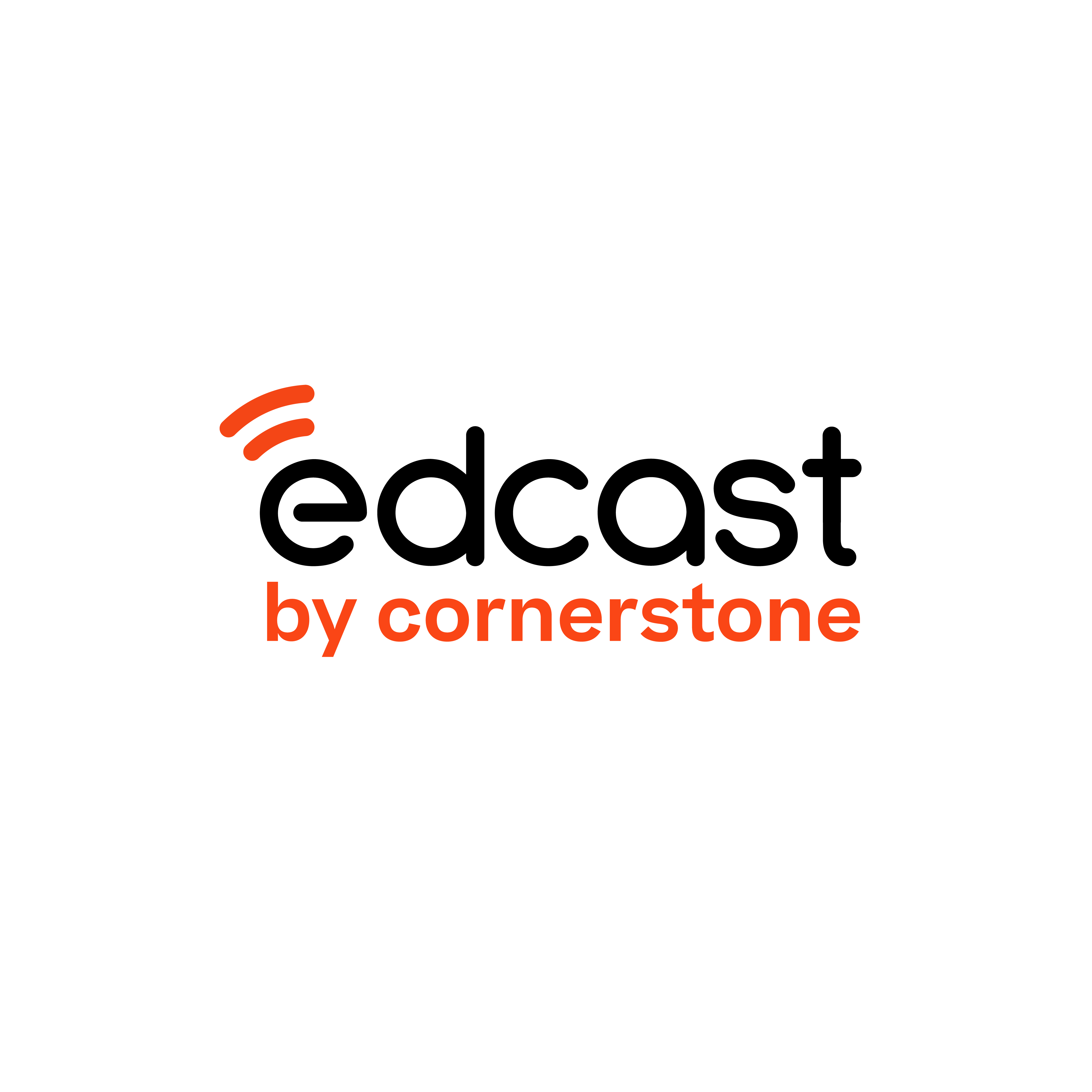How to Use Blended Digital Learning to Make Classroom Training Stick
With all this talk about digital learning, many people are asking “Is Instructor-led Training dead?” Of course not.
We can address the forgetting curve and provide solutions before, during and after class, just by blending in aspects of digital learning. With the tools readily available to us today, we can make ILT/VILT stick.
But how?
Let’s start by covering some basics. The reality of Instructor Led Training (ILT) and Virtual Instructor Led Training (VILT) is that they typically cram a lot of learning into a short time. A typical example would be a two-day ILT class or a 4-half day VILT class that builds a skill. In that time, an instructor will introduce many new concepts and new ideas. Even with great exercises, there is a lot to learn and remember. Many studies show that retention drops quickly after classroom training.
How can we make it better?
Digital learning gives us the tools to blend formal, informal, and experiential learning. It also provides an easy way for a designer to prep, communicate and reinforce skills on a topic. Bottom line: shorter class time, more reinforcement and better learning. Instructors can evolve from lecturers into coaches. With a blended approach, micro learning and personalized approach, learners learn better and even develop a learning habit.
How does an Instructional Designer or a Learning Program Manager move to that goal?
First of all, incorporation a solution to make “training” stick can be accomplished gradually. There are basically three steps:
First, keep the current classroom structure as is and append spaced learning and reinforcements to the end, using digital learning tools. This is a simple way to transition. Gradually, start adding pre-work that provides microlearning with the key concepts, preferably with assessments. The valuable time in-class then becomes valuable experiential learning with practice and coaching.
Second, formalize the flipped classroom. Learners take modular courses on the topic, with assessments at the end of each. Then, in the classroom (face-to-face or virtual), they use the time to practice and get coaching. More exercises and reminders follow the class. Reinforcing experiential learning builds better skills.
Lastly, the cohort can be moved to a full digital experience. Timed components can be assigned to a group (cohort) and they work together with a coach in a social network. As before, reinforcements, practice and reminders reduce the forgetting curve. Now, the instructors are coaches and the learners’ expectations are met.
To fully implement more digital learning components, add in Subject Matter Experts (SMEs) and/or Influencer content and connections. Take advantage of the tacit knowledge in the company. Think about what can be accomplished in a blend of informal/formal content from inside and outside of the company. Remember, instructors make great coaches and mentors. All of these efforts build skills, reward SMEs and add practice.
Of course, it helps if you have technology that allows easy integration of all of the training elements and systems to personalize the experience. As always, providing your learners with a good user experience will drive engagement.


